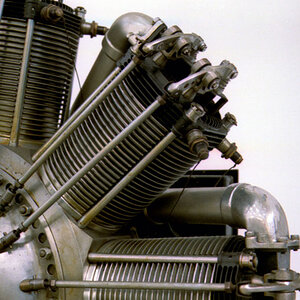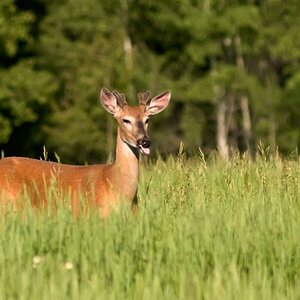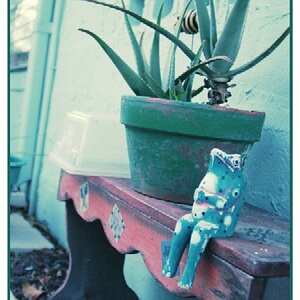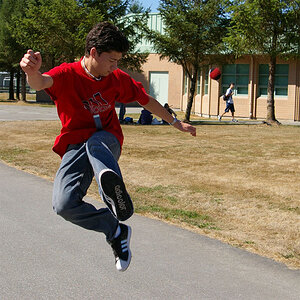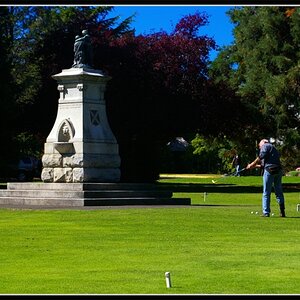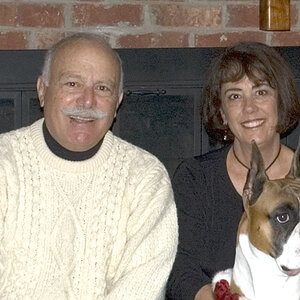thetrue
TPF Noob!
- Joined
- Nov 1, 2012
- Messages
- 1,791
- Reaction score
- 330
- Location
- Bucks County, PA
- Can others edit my Photos
- Photos OK to edit
I have a little bag with 50 LEDs rated at "Vf 3.2-3.6" and 50 "510ohm" resistors. I was thinking about trying to DIY a little macro spotlight setup with it. Obviously, I should use 1 resistor per LED, and I'll need to position them on a board of some sort to direct the light properly.
My question is this: If I were to use 32 LEDs total, what sort of power source would be necessary to use them all to their full potential, and furthermore, would it be possible to use them as a strobe via the hotshoe?
If this is all possible, I can see it possible to create all kinds of lighting scenarios with LEDs, no? I'm not trying to create an entire studio setup like this, but it would be cool to be able to strobe these and potentially eliminate the "recycle" time of a traditional strobe.
What say you?
My question is this: If I were to use 32 LEDs total, what sort of power source would be necessary to use them all to their full potential, and furthermore, would it be possible to use them as a strobe via the hotshoe?
If this is all possible, I can see it possible to create all kinds of lighting scenarios with LEDs, no? I'm not trying to create an entire studio setup like this, but it would be cool to be able to strobe these and potentially eliminate the "recycle" time of a traditional strobe.
What say you?


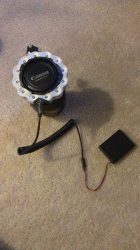


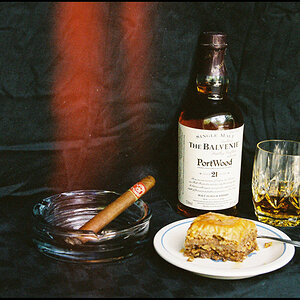
![[No title]](/data/xfmg/thumbnail/37/37623-b930ccd802f79b9c9cea990a7a5e5462.jpg?1619738153)
